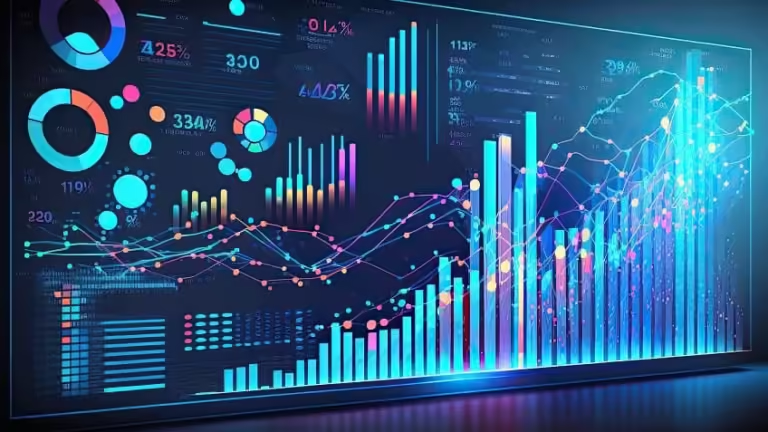The Power of Image Analytics in Energy and Utilities
Table Of Contents
Image analytics rapidly transforms the energy and utilities sector by leveraging advanced technologies to analyze visual data. This transformation is enabling companies to identify patterns and insights that were previously undetectable through traditional means. The ability to process and analyze vast amounts of image data swiftly allows for early detection of potential issues, making preventive action possible and ensuring seamless operations.
Benefits of Image Analytics for Predictive Maintenance
Predictive maintenance is one of the most significant applications of image analytics in the energy and utilities sector. This approach involves continuously monitoring equipment and infrastructure through image data to foresee potential issues before they escalate into major problems. By leveraging predictive maintenance, companies can minimize downtime and extend the lifespan of critical assets. According to a Forbes article, predictive maintenance has the potential to reduce maintenance costs by up to 20%. This reduction is achieved by addressing issues in their early stages, thus averting costly repairs and service interruptions. By utilizing image analytics, organizations are enhancing their operational efficiency and boosting safety measures, ultimately leading to significant cost savings and improved reliability of energy supply.
Enhancing Safety and Compliance
Safety is paramount in the energy and utilities sector, where the consequences of accidents can be severe. Image analytics enhances safety by identifying hazards in real-time and allowing for prompt intervention. For instance, analyzing images captured from power lines can reveal defects or vegetation overgrowth, common causes of fires and outages. By identifying these risks early, companies can take corrective action, ensuring compliance with safety regulations and reducing liability risks. This proactive approach protects employees and the community and maintains a company’s reputation for safety and reliability.
Real-Life Applications
The practical benefits of image analytics are evident in real-life applications across the industry. Leading companies such as BP and Shell already utilize this technology to monitor their assets and optimize operational efficiency. For example, Shell has implemented drone-based image analytics to inspect offshore platforms, significantly reducing the need for risky manual inspections. This innovative approach not only enhances safety by keeping workers away from hazardous environments but also improves the accuracy and speed of inspections. Such real-life examples highlight the tangible benefits of integrating advanced analytics into daily operations, paving the way for broader adoption across the sector.
Challenges and Solutions
Despite the clear advantages, image analytics does present particular challenges. High initial costs, concerns regarding data privacy, and the need for skilled personnel are some barriers to widespread adoption. However, these challenges are becoming increasingly manageable as technology advances. Cloud services offer scalable solutions, making the technology more accessible to companies of all sizes. Additionally, ongoing investments in tech innovations are driving down costs and addressing privacy concerns, while continuous advancements in training programs are bridging the skills gap. As a result, more organizations are overcoming these hurdles and reaping the benefits .
The Future of Image Analytics in Energy and Utilities
The future of image analytics in the energy and utilities sector holds incredible promise. As technology evolves, we can anticipate more accurate and efficient analytical tools. These enhancements will optimize predictive maintenance, elevate safety standards, and boost operational efficiency. Companies that embrace these advancements early will secure a competitive edge, driving progress and innovation within the industry. With ongoing technological developments, image analytics will undoubtedly become an integral component of the energy and utilities sector, facilitating a more efficient and secure energy future.
Conclusion
The integration of image analytics into the energy and utilities sector is revolutionizing how companies operate. Image analytics offers substantial benefits by improving predictive maintenance, enhancing safety, and overcoming challenges through ongoing innovation. As more organizations recognize its value, the industry will continue to evolve, paving the way for a more efficient and secure energy future. Implementing advanced technologies streamlines operations and ensures that the energy and utilities sector remains at the forefront of innovation and safety.
